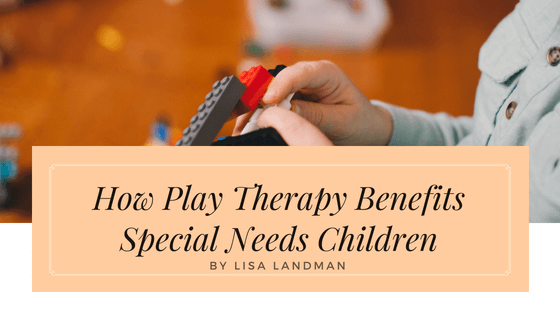Play therapy is a specialized technique used by child psychologists to communicate with children who need counseling. It is especially valuable in treating children who don’t have the verbal skills to express their thoughts and feelings. As the name implies, the strategy uses games, toys, and storytelling so that the psychologist can gain insight into the child’s inner world.
The goal of play therapy is to help children develop socially and emotionally. The technique can diagnose and treat disturbed behavior, anxiety, and trauma. Play therapy is an effective method for children lacking verbal skills because it uses their natural means of expression-play.
In play therapy, toys are the “tools of the trade.” Therapists use dolls and puppets to engage the child in roleplaying. A sandbox with action figures may also be used. Crayons, paint, easels, and other art media allow children to communicate through drawing and is especially appealing to children. These tools make children more comfortable with therapy and give them a way to express thoughts, feelings, and desires.
The Non-Directive Model
A child therapist uses either one or both of two different models of play therapy, non-directive and directive. In the non-directive model, the child is given more control with the therapist giving only a little structure and direction. The therapist becomes more of a spectator, observing and taking notes as the child plays with selected toys, dolls, or puppets. They look for any recurring themes of anxiety or trauma that the child expresses through interacting with the toys. The idea is for the child to become completely comfortable and free to communicate.
The Directive Model
The child psychologist may choose the directive model when they want to address issues more effectively and quickly. During these sessions, play activities are more pre-planned. For example, the therapist may choose to use half the session for roleplay with dolls, and the other half to play with action figures in the sandbox. The therapist may detect issues that help them to become involved in the play session. Choices are determined by factors including the child’s maturity, individual therapy goals, and preference.
Play therapy has become incredibly valuable as a means of communication in child psychology, especially for special needs children who lack verbal skills. It helps them control anger and manage anxiety and depression.


